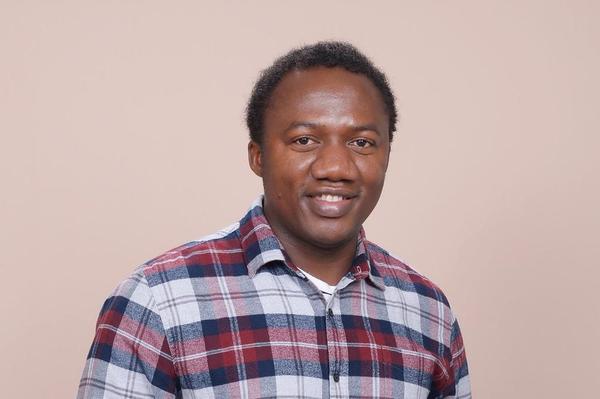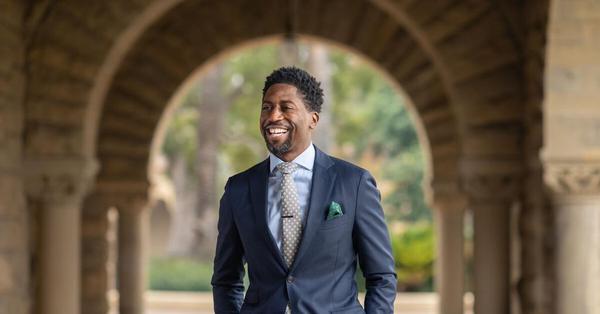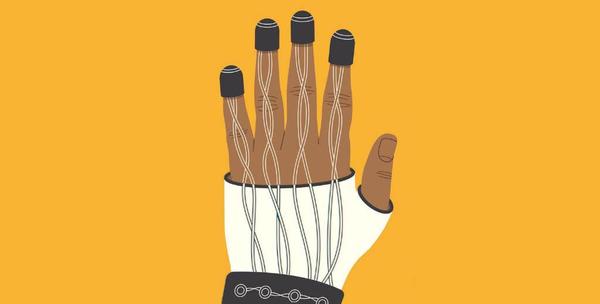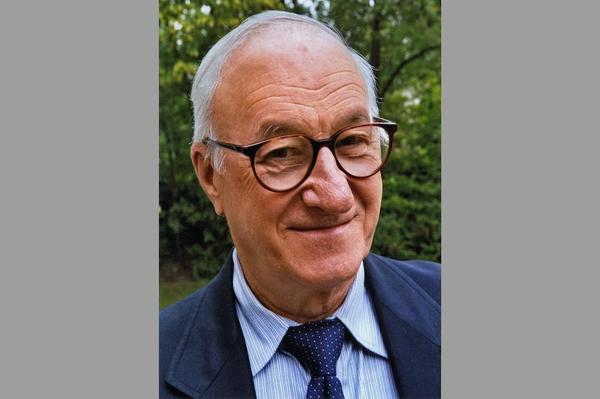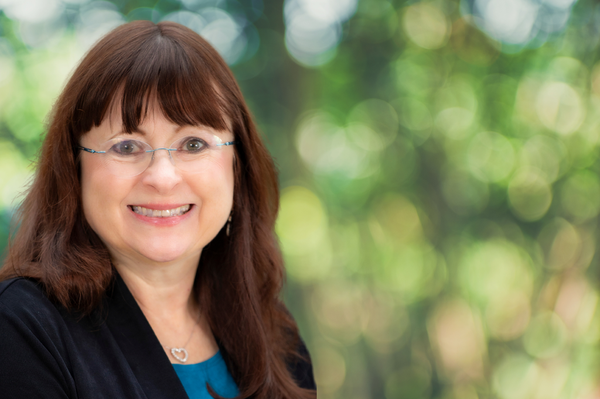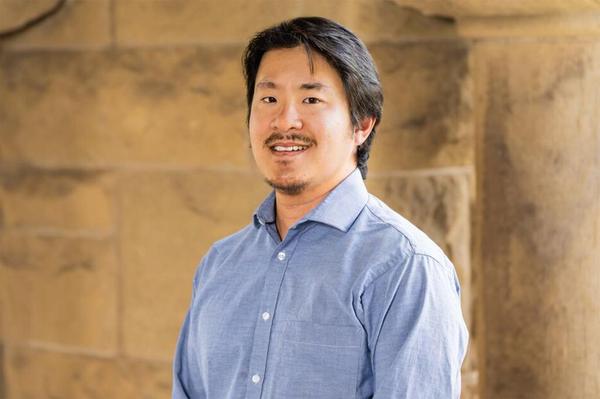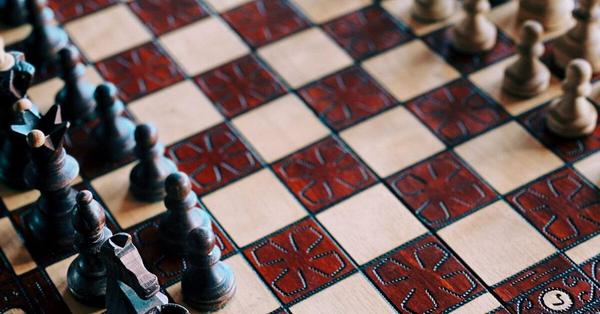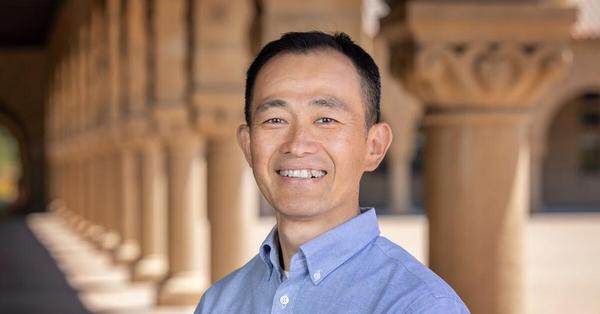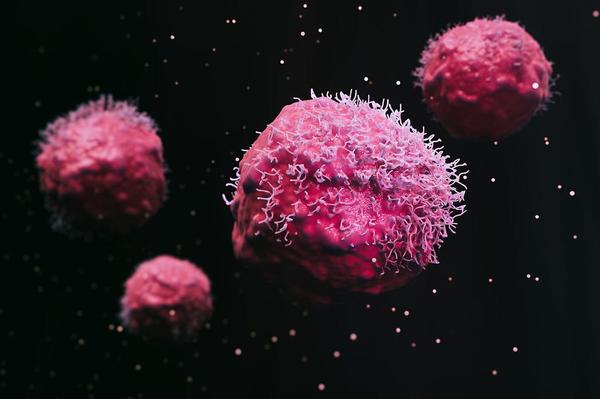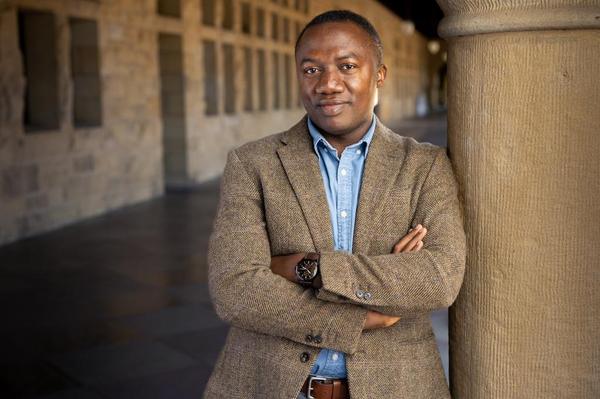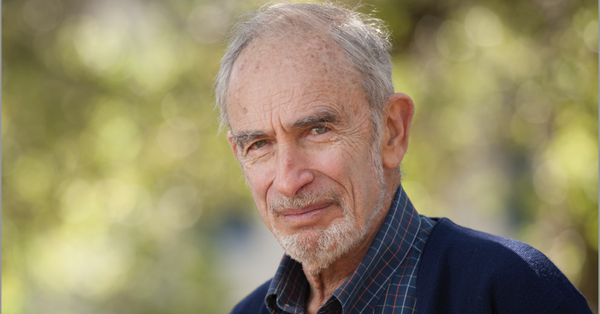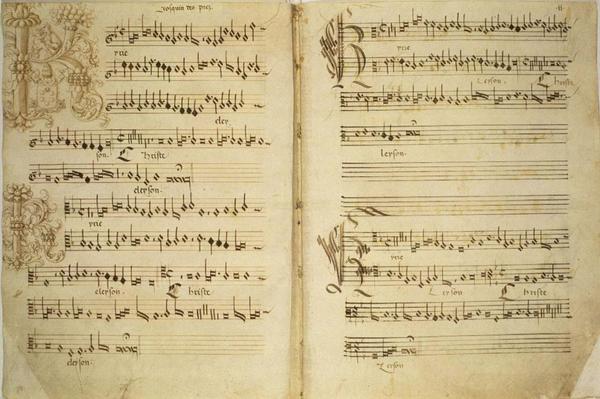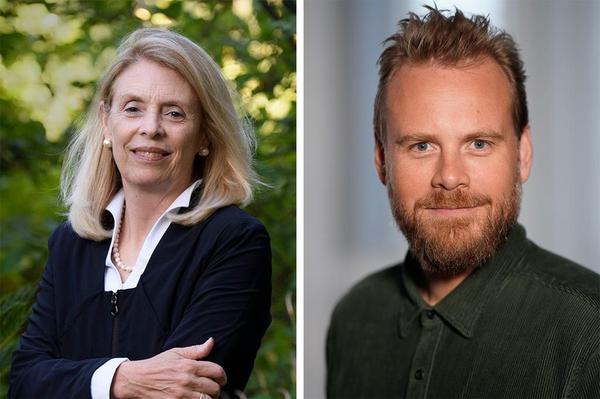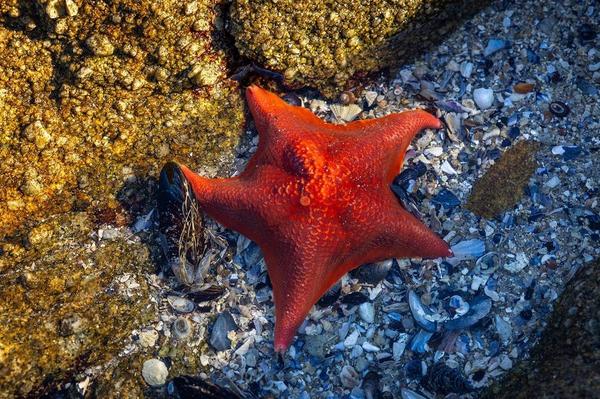
Study reveals location of starfish’s head
If you put a hat on a starfish, where would you put it? On the center of the starfish? Or on the point of an arm and, if so, which one? The question is silly, but it gets at serious questions in the fields of zoology and developmental biology that have perplexed veteran scientists and schoolchildren in introductory biology classes alike: Where is the head on a starfish? And how does their body layout relate to ours? Now, a new Stanford study that used genetic and molecular tools to map out the bo...
